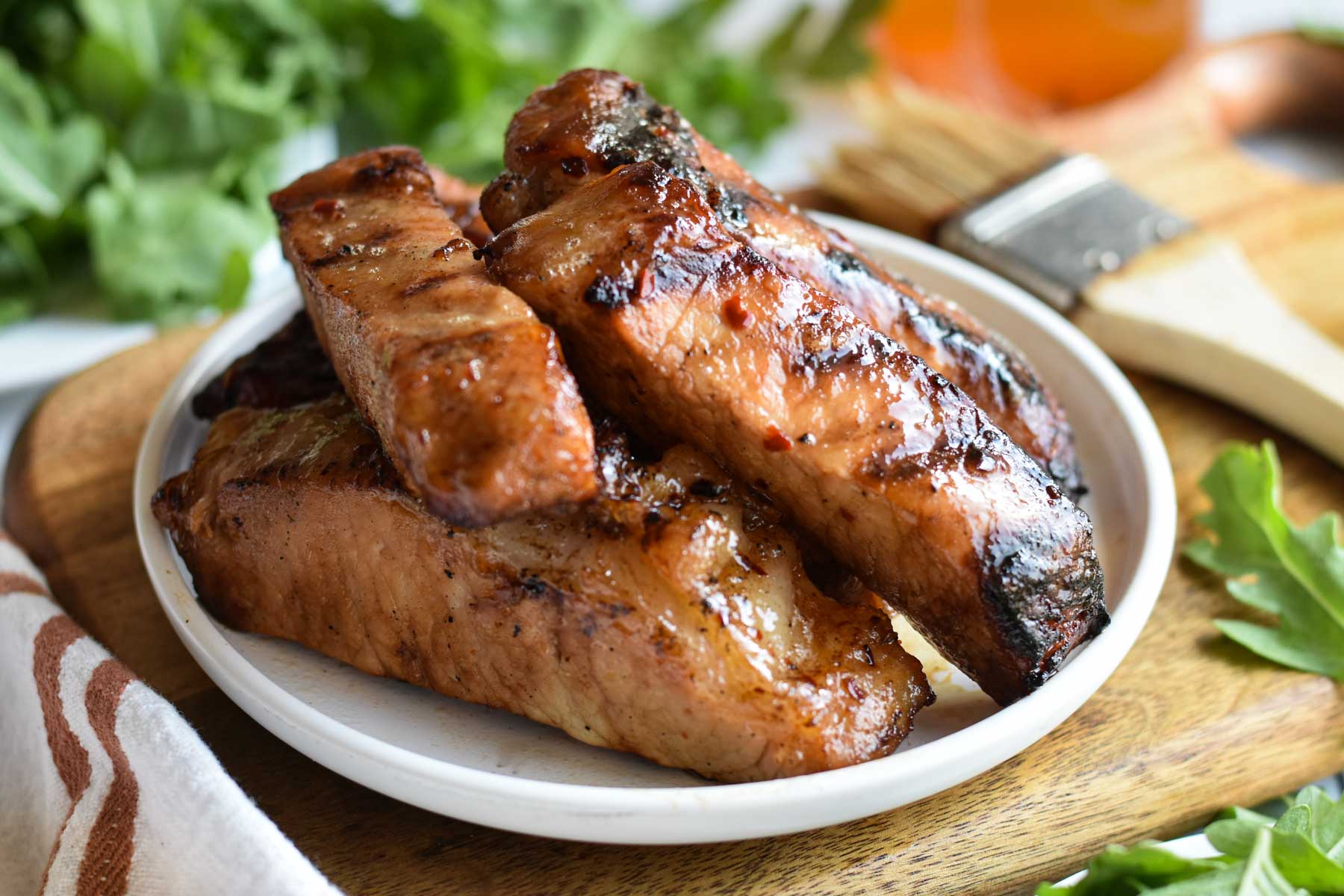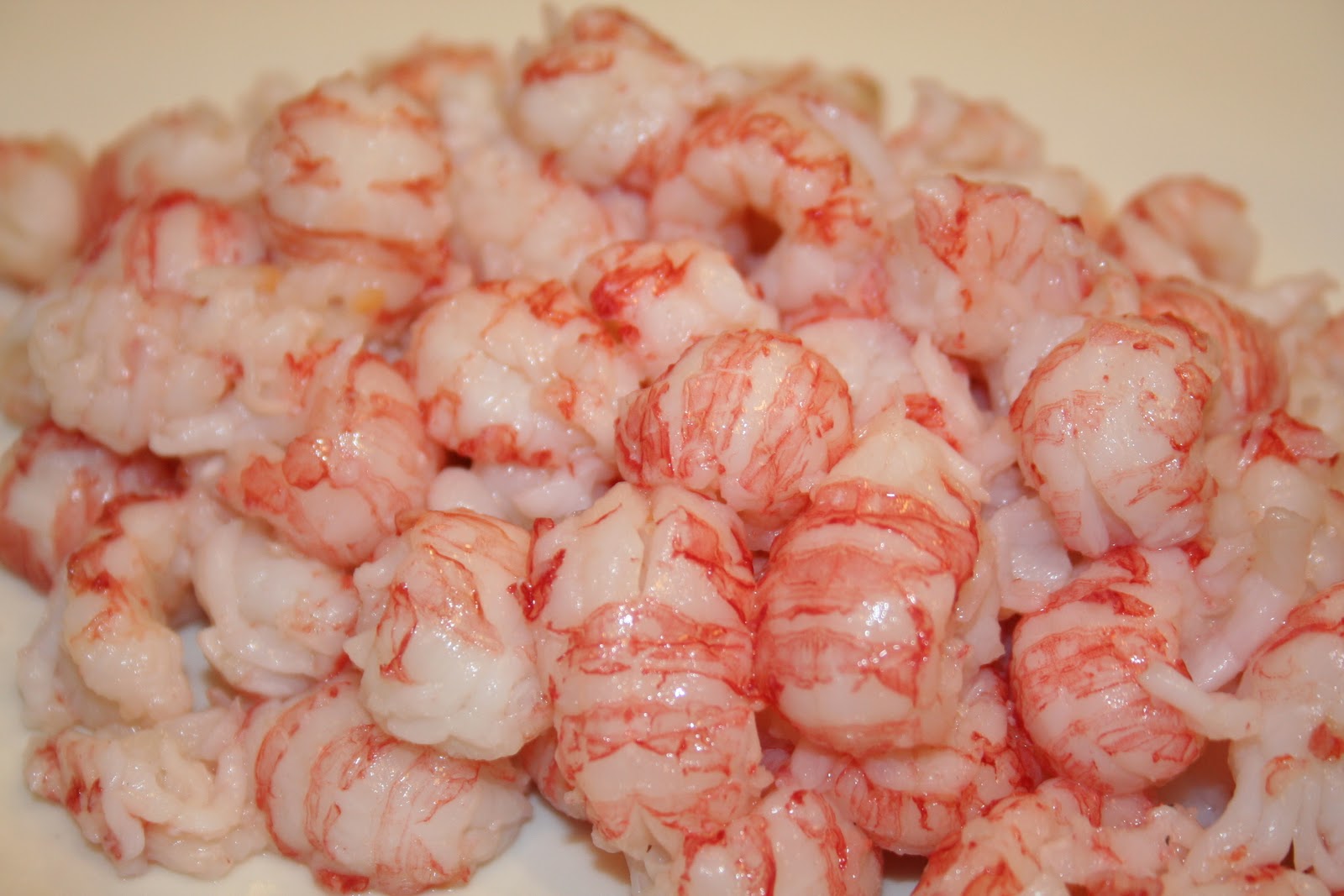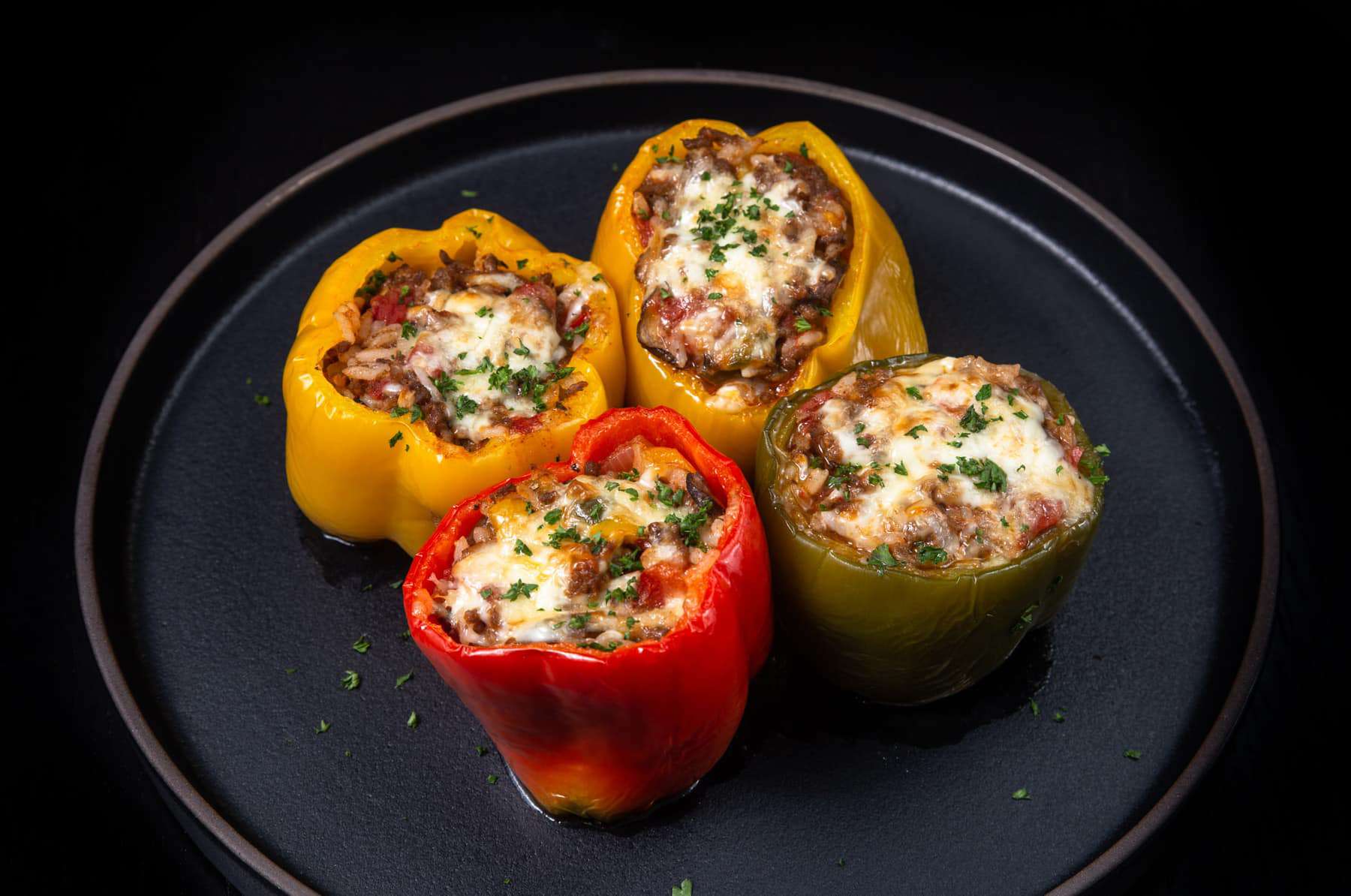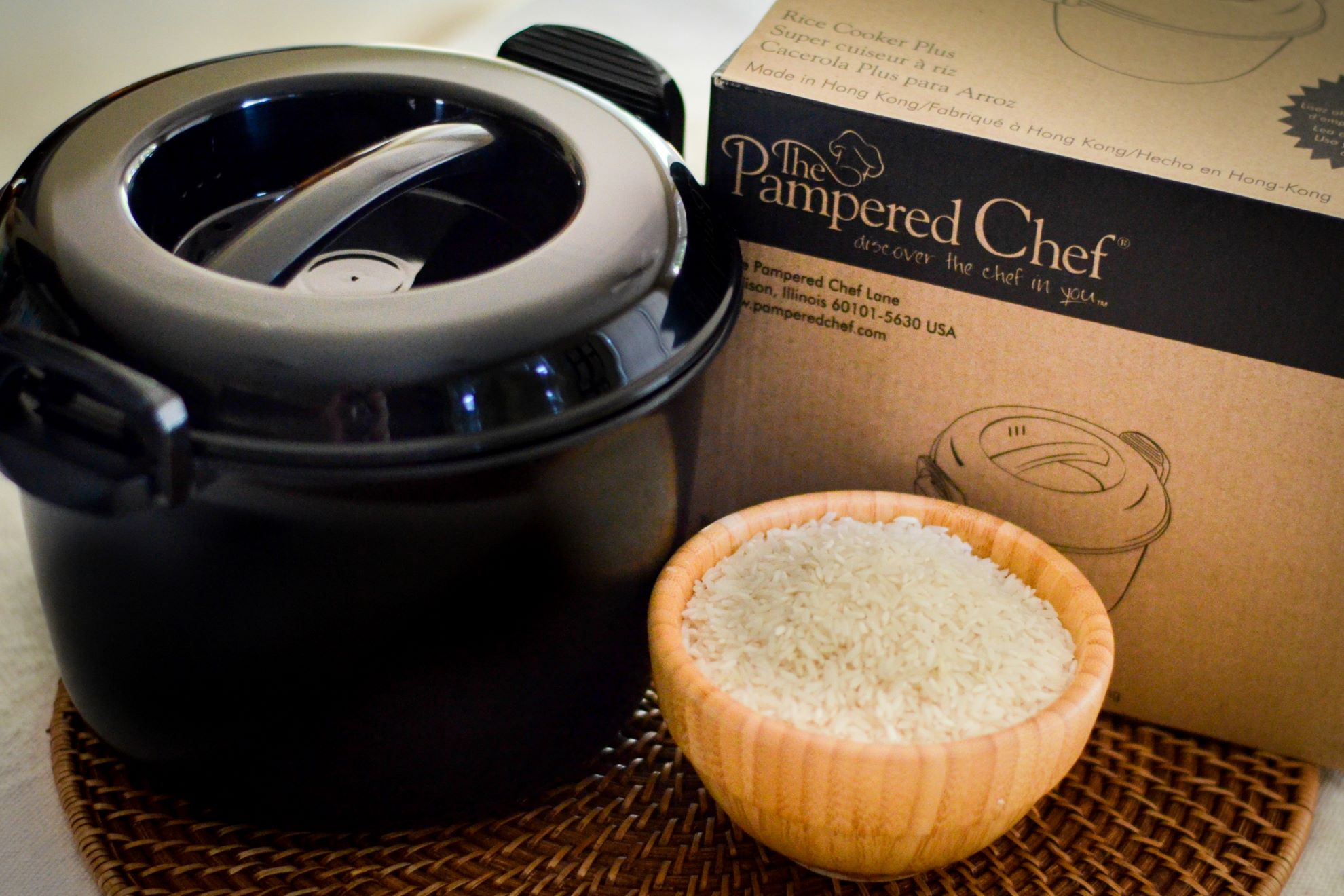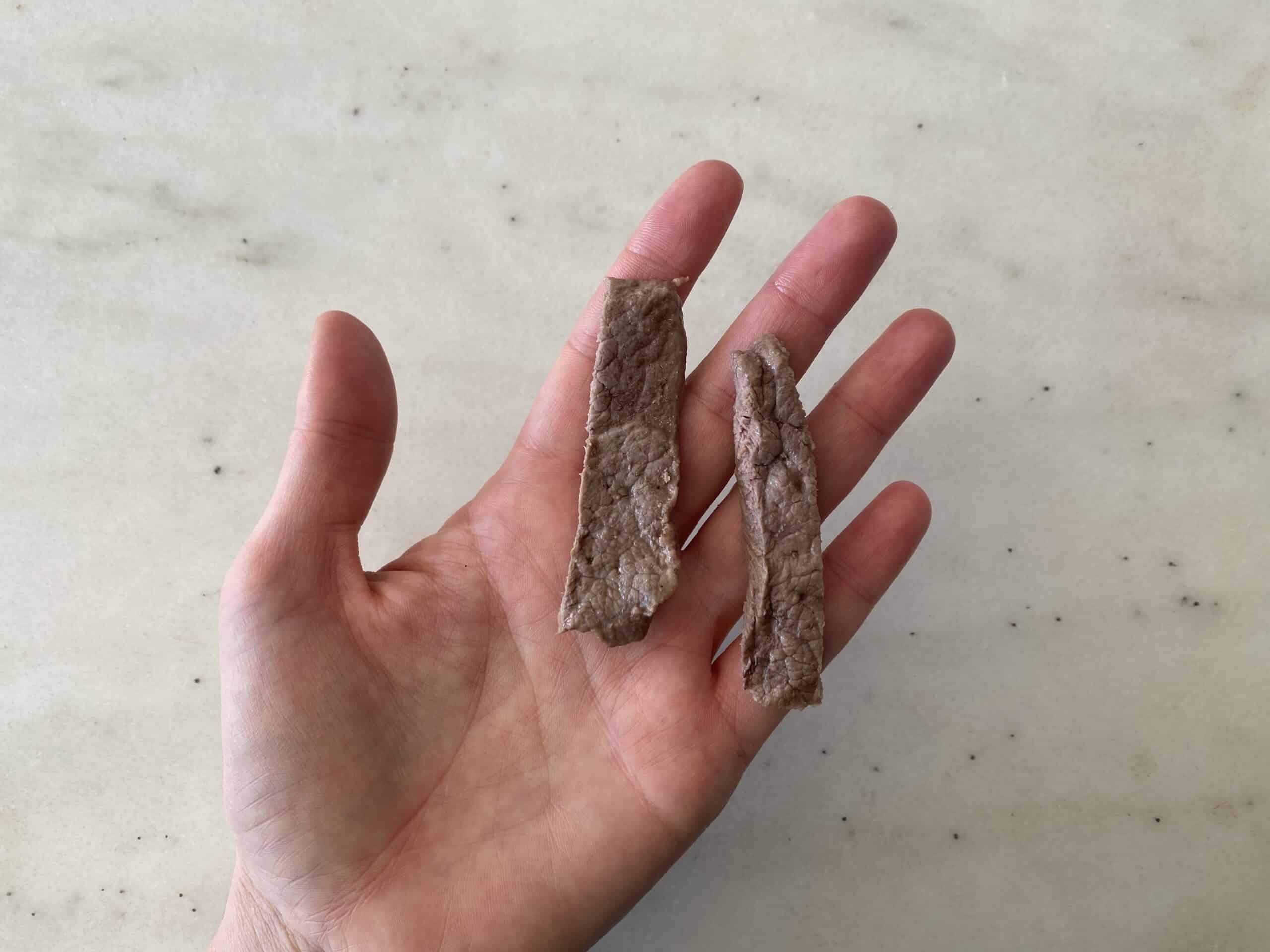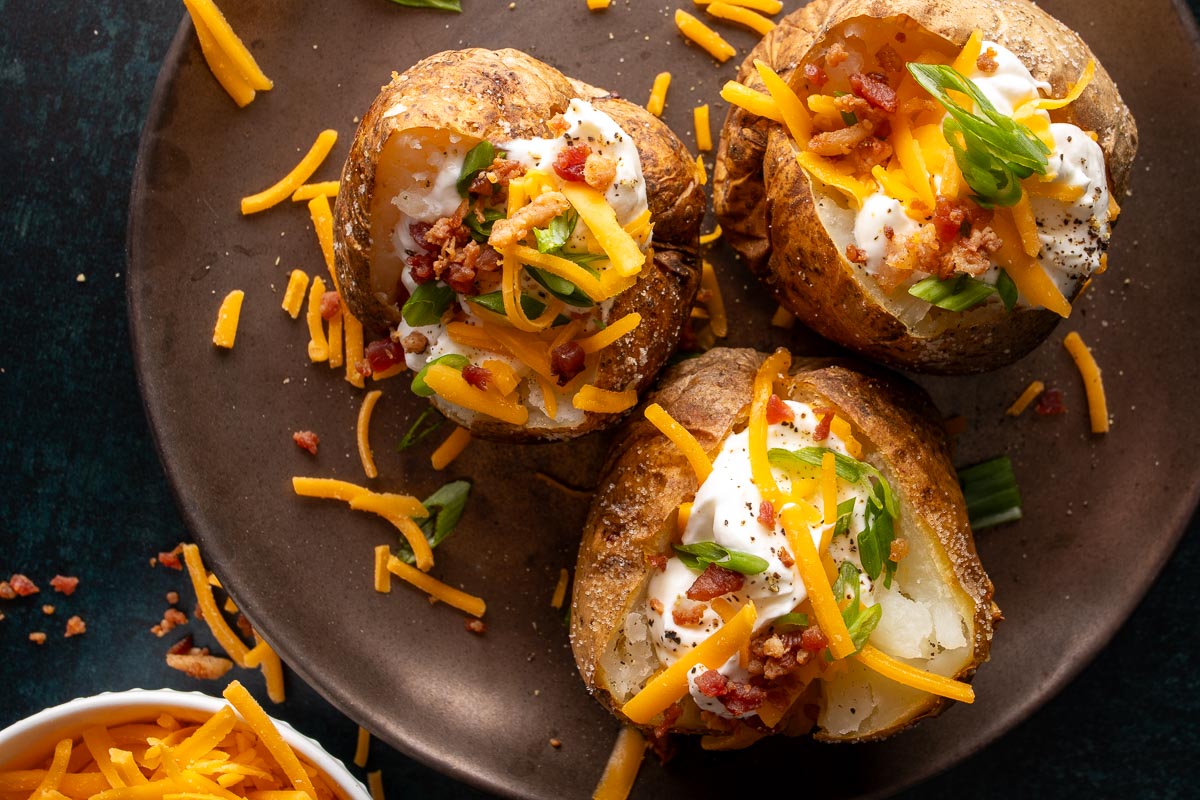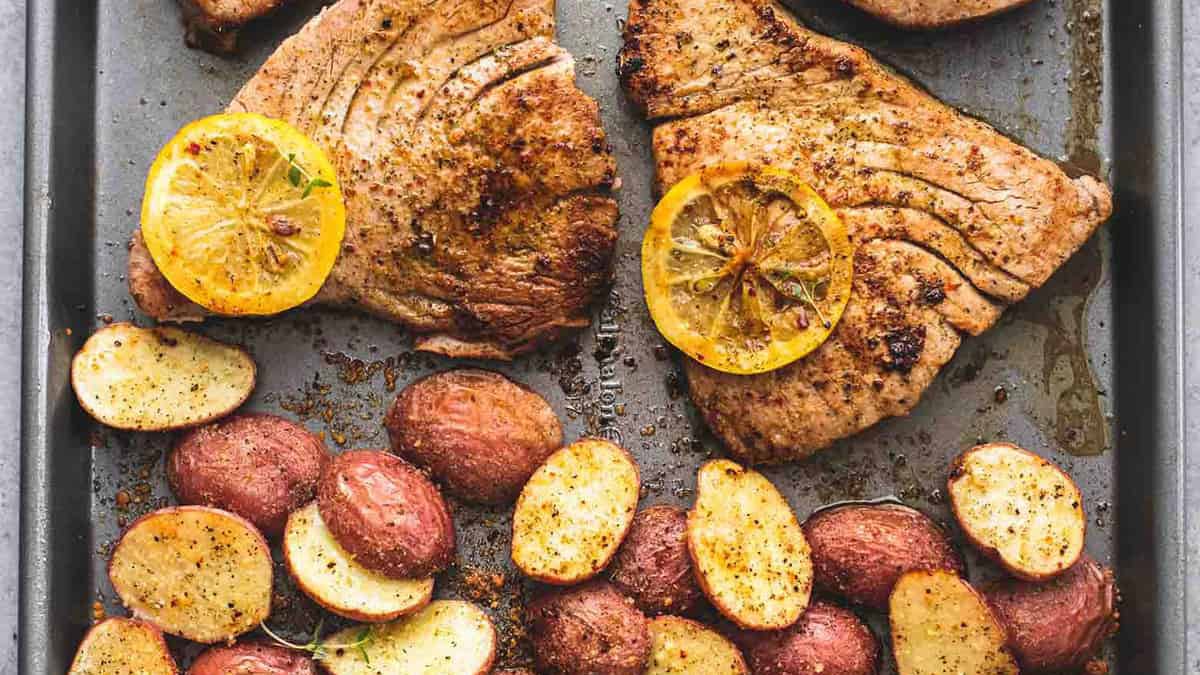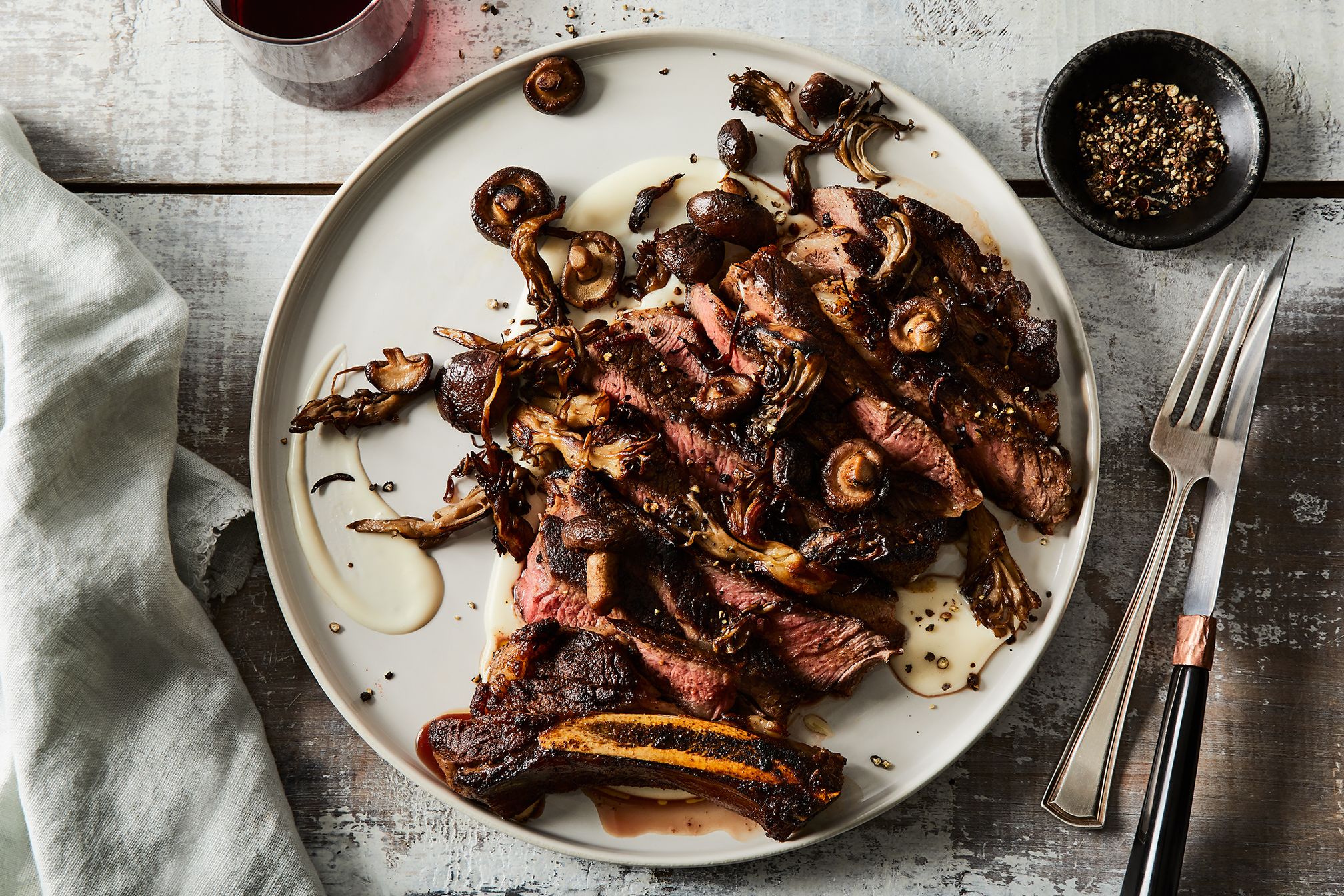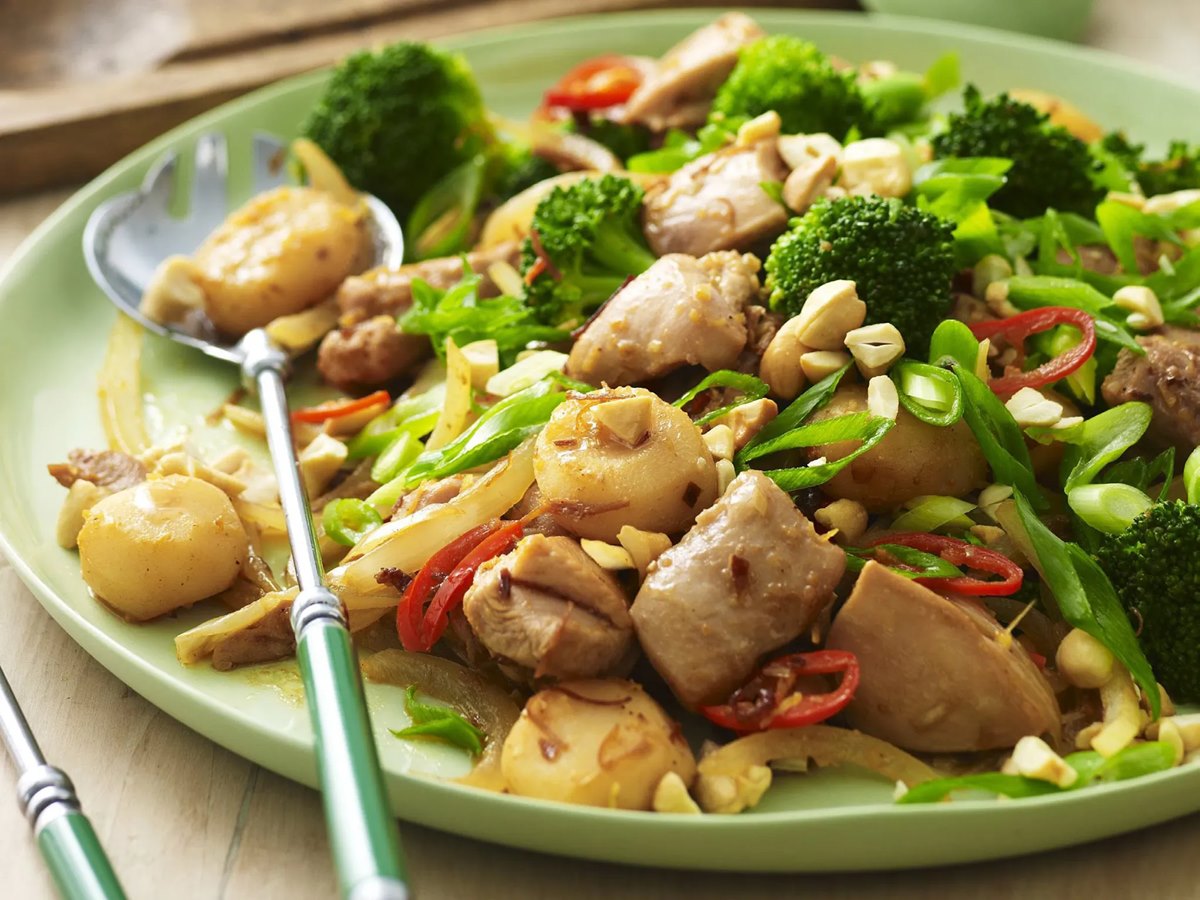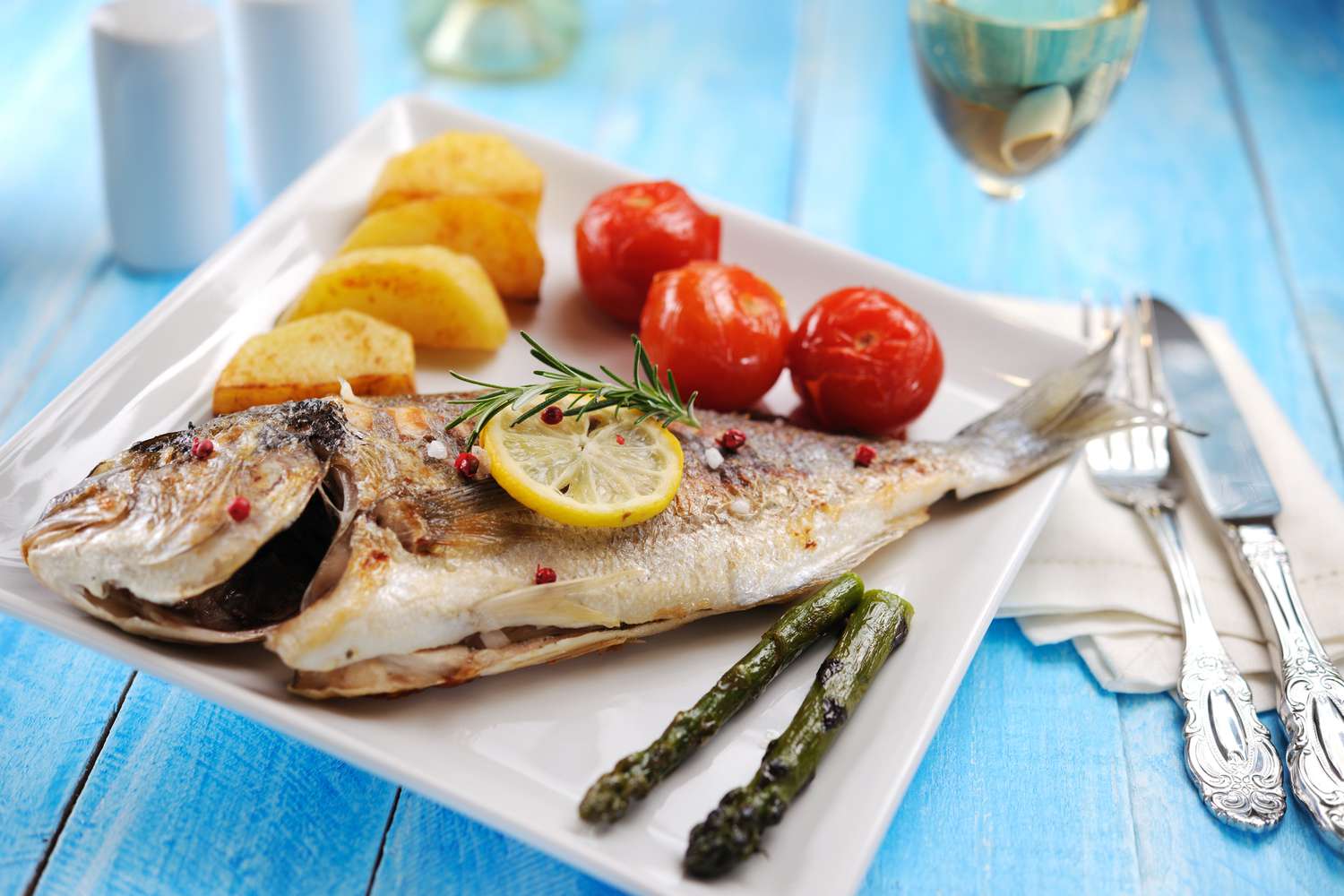Delicious and Tender: Cooking the Perfect Slab of Pork Ribs
There’s nothing quite like sinking your teeth into a mouthwatering slab of pork ribs. The combination of tender meat and savory flavors can be a showstopper at any gathering. Cooking pork ribs to perfection requires skill and patience, but with the right techniques and a few insider tips, you can achieve barbecue brilliance in your own kitchen. Follow this step-by-step guide to become a master at cooking a slab of pork ribs that will have everyone coming back for seconds.
1. Choosing the Right Cut of Pork Ribs
When it comes to pork ribs, you have a few options to choose from:
- Spare Ribs: These larger, meatier ribs are taken from the belly of the pig and require a longer cooking time.
- Baby Back Ribs: These smaller, more tender ribs are taken from the loin and cook faster.
While both options are delicious, baby back ribs are generally more popular due to their tenderness and flavor.
2. Preparing the Ribs
Before seasoning, it’s essential to remove the thin membrane on the underside of the ribs. To do this, use a knife to loosen the membrane at one end and then grip it with a paper towel or cloth to peel it off. This step is crucial as it allows the flavors to penetrate the meat and ensures a more pleasant eating experience.
3. Applying the Rub
For a rub that packs a punch, use a combination of spices and flavors that complement the natural taste of pork ribs. Common ingredients include:
- Garlic powder
- Onion powder
- Paprika
- Black pepper
- Brown sugar
- Chili powder
- Salt
Generously apply the rub all over the slab of ribs, ensuring every inch is coated. Allow the rub to marinate for at least an hour or overnight in the refrigerator to maximize flavor absorption.
4. Cooking Techniques
When it comes to cooking pork ribs, two popular methods are smoking and oven baking. Each technique yields fantastic results, so choose the one that suits your equipment and preferences best.
For smoking:
- Preheat your smoker to a temperature between 225-250°F (107-121°C).
- Place the seasoned ribs on the grates and close the lid.
- Smoke the ribs for 4-6 hours, maintaining a consistent temperature.
- Use a meat thermometer to check for an internal temperature of 190°F (88°C) for spare ribs or 175°F (79°C) for baby back ribs. This will ensure they are tender and fully cooked.
For oven baking:
- Preheat your oven to 300°F (150°C).
- Wrap the seasoned ribs in aluminum foil, sealing them tightly.
- Place the foil-wrapped ribs on a baking sheet and cook for 2-2.5 hours.
- Remove the foil and brush the ribs with your favorite barbecue sauce.
- Return the ribs to the oven for an additional 30 minutes, allowing the sauce to caramelize.
5. Finishing Touches
Once your ribs are cooked to perfection, it’s time to add the finishing touches before serving. Allow the ribs to rest for a few minutes to retain their juices. Then, slice the slab into individual ribs and brush them with a final layer of barbecue sauce for an extra burst of flavor. Serve your mouthwatering pork ribs with coleslaw, cornbread, or tangy pickles for a complete and delightful meal.
With these easy-to-follow steps, you can confidently cook a slab of pork ribs that will impress your family and friends. Whether you opt for smoking or oven baking, the result will be delicious and tender ribs that will have everyone asking for your secret recipe. Get ready to become a legendary pitmaster in your own kitchen!
More Delicious Pork Rib Recipes to Try
After mastering the basics of cooking pork ribs from the guide, readers are encouraged to experiment with a variety of mouth-watering recipes that put their new skills to the test. Among the recommended dishes to try are Caribbean Jerk Pork Ribs, known for their bold flavors and spicy kick, and Apple Cider Braised Pork Ribs, which offer a sweet and tangy twist on the traditional pork rib dish. Additionally, the Maple and Brown Sugar Pork Ribs are a must-try for those who appreciate a touch of sweetness in their savory meals. Each recipe provides a unique way to savor the rich and tender qualities of pork ribs, making your culinary efforts shine with every bite.
Was this page helpful?
Read Next: How To Cook Italian Sausage In The Microwave
